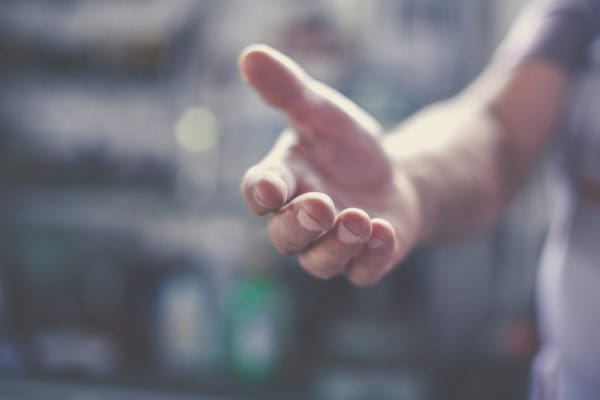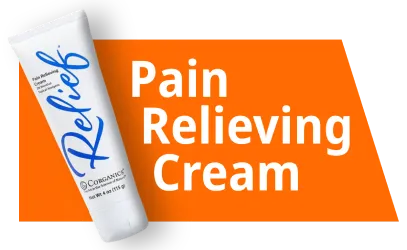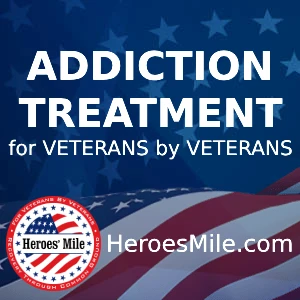For Alaina Valcourt of Fitchburg, Massachusetts, pain struck early: “I was in the eighth grade and I fell in field hockey. They thought I sprained my wrist and put me in a splint,” recalls Valcourt, now 16 and a junior in high school. A three-sports-a-year athlete, she had no patience for the splint or being away from her beloved sports, and she soon took the splint off. The pain in her wrist, though, never eased up for long, and when a hamstring tear put her on crutches, the crutches irritated her wrist even more. Soon Valcourt began losing more feeling in her wrist and arm, she says. “And I felt more and more pain,” she says, “I couldn’t feel hot or cold.”
A visit to an orthopedic specialist brought a slew of tests, which in turn brought what turned out to be just the start toward an accurate diagnosis: “They found I had carpal tunnel syndrome, and my nerve was being pinched,” explains Valcourt. “The only option was surgery.” During the operation the surgeon came out to tell Valcourt’s mom that her daughter’s “nerve was really jumpy,” something that’s typically seen in diabetics. In short, the nerve was continually firing, sending constant pain signals. Says Valcourt, “The surgery helped a little bit — I got a little more feeing back — and then I lost feeling again in my whole hand.”What followed next were a seemingly endless array of tests at nearby Boston Children’s Hospital — EMGs (electromyogram), MRIs, CAT scans, X-rays, and blood tests too numerous to count. “Finally, they’re like, we’re going to send you to the pain clinic,” meaning the pediatric pain clinic affiliated by Boston Children’s and run by the Mayo Clinic.
After a year, Valcourt finally had a solid diagnosis, too: Â Chronic regional pain syndrome type 2 (CRPS). According to MayoClinic.com, CPRS — which used to be called reflex sympathetic dystrophy syndrome — comes in two kinds: Type 1 happens after an illness or injury that did not damage the nerves where a person feels pain, while type 2 — the kind Valcourt has — follows from a clear injury to the nerves.
At the pain clinic, where Valcourt spent three weeks in the summer of 2011, she and other kids and teenagers got occupational therapy, physical therapy, and psychotherapy, learning or re-learning how to cope with a pain-filled life and get beyond it. Having tried outpatient treatment, Valcourt was ready for what the clinic had to offer. “I was so mad, because I didn’t think I could do anything – I couldn’t do sports or dance,” both of which were passions. “I had no use of my right hand; I couldn’t do my hair — my fingers were all curled,” she remembers. And in spite of being on more than two dozen pills, the medication was doing little more than helping her to sleep a bit better. So she stopped taking them all.
The first week at the pain clinic was, says Valcourt, terrible. “I couldn’t see the progress I was making. When I couldn’t do something I’d get really frustrated. By the end of the second week I could move my wrist and I realized, this is really a good thing,” By the third week, she says she saw how much her perseverance had paid off. “It wasn’t helping the pain, but I realized I could do things again, and that helped my self-esteem. The more depressed and upset you are, the worse the pain is.” That hard work had tangible results: Valcourt was able to do her hair and pick blueberries with her sister — and soon even started dancing again.
These days, the teenager puts the same coping skills to use every day to keep her pain — or, more precisely, her experience of it — manageable so she can get on with school (she’s taking college-level courses in addition to her high school work), babysitting, working at a grocery store, and more. “The original pain in my arm was probably a nine out of 10 at its worst, and now it stays at like a six out of 10,” Valcourt says. “Right now I have finals and a bunch of papers to do, so it’s like an eight out of 10. On a good day it gets down to five.” Those are good days indeed, since she’s also dealing with the pain of endometriosis. Her ultimate goal: to become a pediatric neurologist and help kids with conditions like hers. “I’ve always loved kids and science, and I’ll understand where the kids are coming from,” she says. “I just want to give back and it’s going to be something I enjoy,” adding that she would like to do research into re-growing nerves, which could help cure her own condition.
And though the burden of being someone dealing with chronic pain is substantial, Valcourt knows that she’s not the only one affected. “It takes a big toll on your family, because I can see my parents and they hate seeing me in pain, because they can’t do anything,” she says, adding that while some of her friends and her boyfriend have been great supports, other peers just don’t get what she’s doing through.
So Valcourt sticks with habits and techniques that help her to manage her pain in spite of life as an incredibly busy and accomplished teen. “One of the main things is that I try to stay positive. Your brain is always overreacting to everything around you and if you overreact to a situation that will cause your brain to send pain signals,” she reasons. “You have to learn to stay positive and calm, and I learned that through biofeedback.” Valcourt also applies ice – not heat – to her hand when it swells, and says that it helps simply not to talk about her pain a lot. “I go to a psychologist and that helps,” she adds. “The less stressed and the more positive and optimistic you are, the better you feel. I think in general [the pain] has made me a stronger person. It has made me who I am today.”





